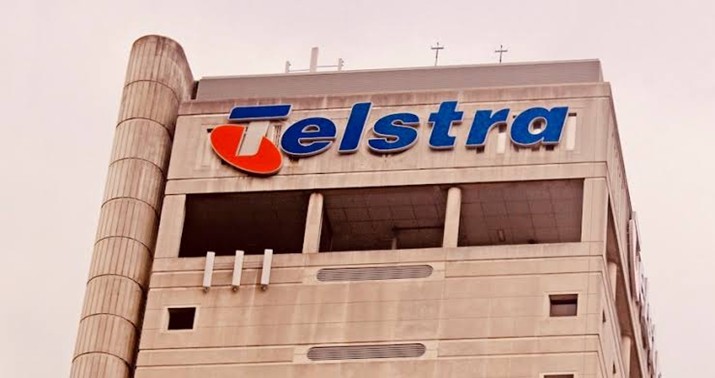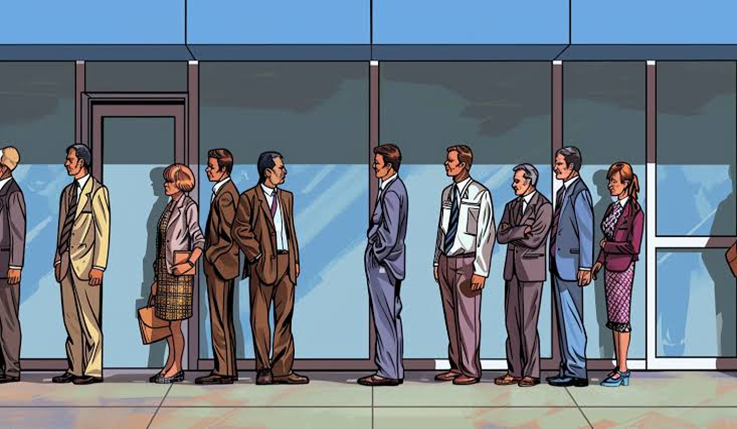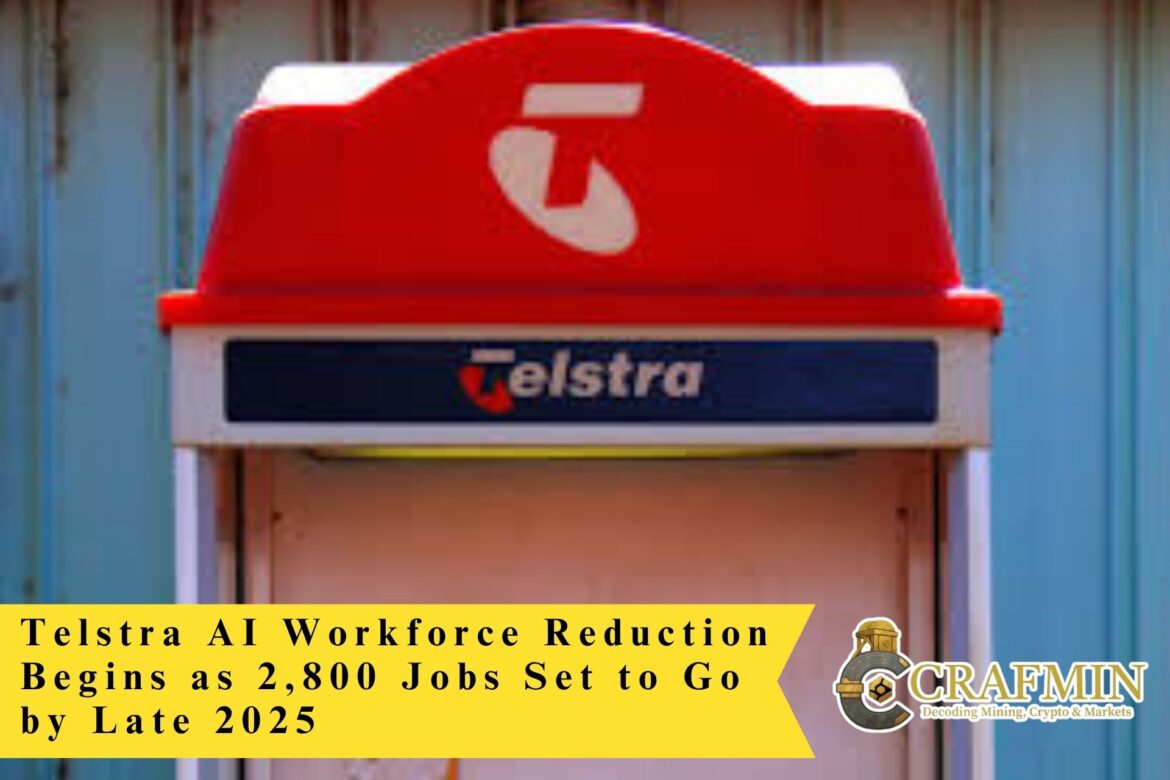 Image Telstra headquarters . Source: Telecom TV
Image Telstra headquarters . Source: Telecom TV
Australia’s largest telecommunications company, Telstra, has confirmed it will cut 2,800 jobs by late 2025, as part of a sweeping overhaul driven by artificial intelligence technologies. The move, announced as part of the company’s Connected Future 30 strategy, marks one of the largest AI-related workforce reductions in the nation’s corporate history.
Focus keyword used: Telstra AI workforce reduction
Primary keywords used: Telstra artificial intelligence strategy, Telstra job cuts AI, Telstra customer service AI, Telstra AI transformation
Automation Meets the Bottom Line
The restructure is designed to position it for what CEO Vicki Brady calls a “leaner, smarter” operating model. Central to this shift is the implementation of AI tools to replace and reconfigure customer service, operations, and back-end systems — changes the company says will improve responsiveness and cut operating costs.
The announcement, however, has sparked immediate concern across industry groups and unions, who argue that the it AI workforce reduction places short-term efficiency above long-term employee security.
Brady insists the decision was not taken lightly but reflects global trends in AI in telecommunications, where companies are racing to modernise amid fierce market competition.
Where the Cuts Will Be Felt Most
Initial internal memos suggest that most of the cuts will fall on customer service divisions, particularly in roles currently handled by live agents. These are expected to be replaced by advanced agentic AI systems, capable of resolving routine inquiries, conducting diagnostics, and initiating service requests without human involvement.
The rollout of these AI platforms began in late 2024 and has already replaced selected trial teams in Sydney and Perth with virtual agents — a transition Telstra describes as “successful in both performance and cost reduction metrics.”
Related keywords used: agentic AI Telstra, AI in telecommunications, Telstra customer service AI
Investors React as Strategy Hits the ASX
The markets responded cautiously to the announcement. Telstra shares moved modestly higher following the update, as investors welcomed the anticipated $350 million annual cost saving. Analysts believe this move may signal the beginning of sector-wide restructuring, with other telcos expected to follow suit.
Still, sentiment remains divided. Some investors question whether the speed of this AI adoption — and the associated job loss — might damage brand loyalty in the medium term.
Also Read: Cybersecurity Challenges for Australian Businesses: Can Companies Keep Up with the Threat?
What Is Telstra’s Connected Future 30 Strategy?
Connected Future 30 is it’s roadmap to 2030 — a strategy that blends infrastructure expansion, energy-efficient networks, AI transformation, and leaner staffing. The company has set clear targets: stronger EBITDA growth, reduced duplication, and a streamlined workforce.
Part of this vision includes cutting Telstra employee headcount by 2030, not through sudden layoffs, but by letting automation gradually take over repetitive and low-touch tasks.
Telstra has stated that “retraining and redeployment opportunities” will be provided, although critics argue that many of the jobs being removed cannot be easily replaced with new roles in the same regions or pay scales.
Unions, Workers Respond with Alarm

Credit: Art by Midjourney for Fierce Network
Telecommunications union leaders were quick to condemn the announcement, calling the move “tone-deaf” in the current cost-of-living climate. Workers at several it call centres staged short walkouts in protest, citing lack of consultation and sudden notification.
One employee, who wished to remain anonymous, said the rollout of internal AI pilots over the past year had created an “atmosphere of uncertainty” within frontline roles.
“People were told the bots were just to help us work faster. Now, they’re replacing us entirely.”
Broader Industry Implications
The Telstra AI workforce reduction comes amid a global push to use generative and agentic AI across customer-facing services. While the shift brings potential productivity gains, it raises fresh questions about the future of human employment in industries once considered insulated from automation.
In Australia, where telecommunications remains one of the largest white-collar employers, this development could act as a litmus test for how far — and how fast — AI can reshape corporate workforces.
Final Thoughts
Telstra’s AI-powered transformation signals the beginning of a new chapter in Australian corporate strategy, where digital agents begin to replace large swaths of traditional roles. While efficiency may improve on paper, the human impact of this shift will take longer to fully understand.
The question now is whether it’s competitors will follow — and whether Australia is ready for the ethical and economic complexities that come with replacing people with programs.
The Guardian – Full Coverage of Telstra AI Layoffs

